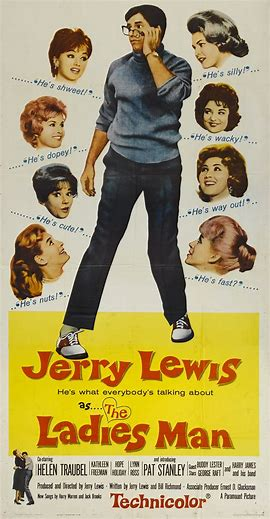Near the start of Fernando Di Leo’s To Be Twenty, Lia and Tina meet on a beach and immediately bond over their shared mantra of being “young, hot and pissed off,” joining up to hitch a ride to Rome, with some petty shoplifting along the way. Based on that set-up, and on being told that they make a way to a commune where they’re expected to pay their way largely by having sex with the male residents, the film sounds like low-level exploitation, and indeed provides large dollops of ogling, gratuitous nudity, and coupling. It has other things on its mind too though, including providing a surprisingly thorough immersion into the commune’s odd ways (and it should be noted that the men, mostly all stoned, show little interest in the proposed arrangement), allowing the women space to talk about their bumpy personal histories (although it’s staged as a performance and it’s not necessarily clear how much can be taken at face value), and spending extended time on a police raid and subsequent interrogations (this is the portion of the movie that most obviously evokes the action-oriented bulk of Di Leo’s work), in the course of which Lia and Tina are summarily dismissed as “airheads” and kicked out of the city. The final act is genuinely unpleasant to watch, providing a climactic dose of potentially titillating activity while rapidly stamping out any sense of ensuing pleasure (the ending burst of jaunty music seems like a particularly cruel touch), plausibly straddling expectations of an inevitable “come-uppance” for Lia and Tina’s often caution-shedding exuberance, while painting the coldly self-righteous, violent men who deliver that fate in a properly wretched light. Although the film is on its face a major outlier in Di Leo’s oeuvre, it could also be seen as an extension of the sociological curiosity evident in a film like Caliber 9, and of his frequent sympathy for the women occupying the edges of the masculine-dominated action.




